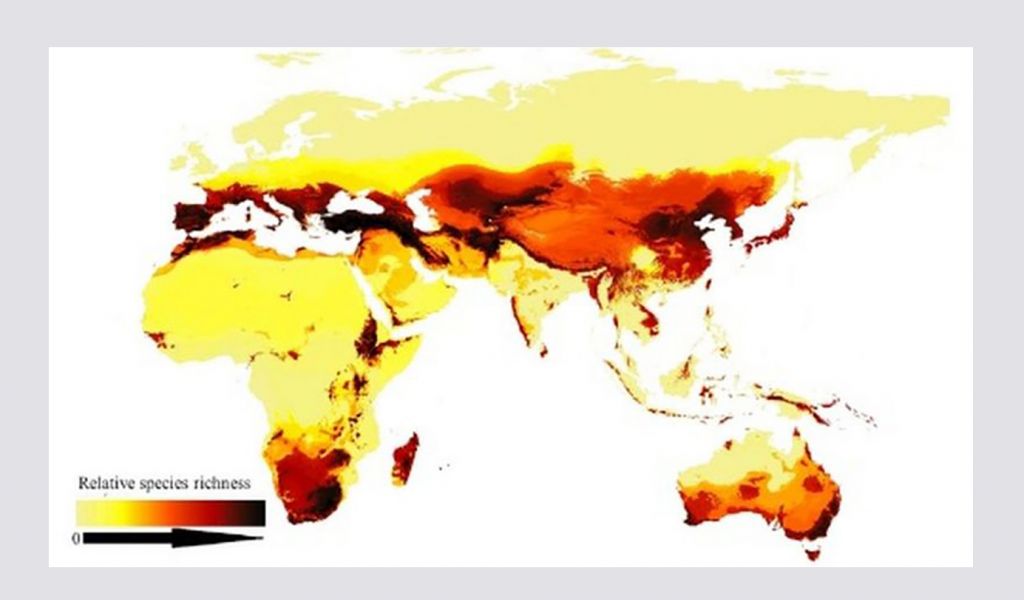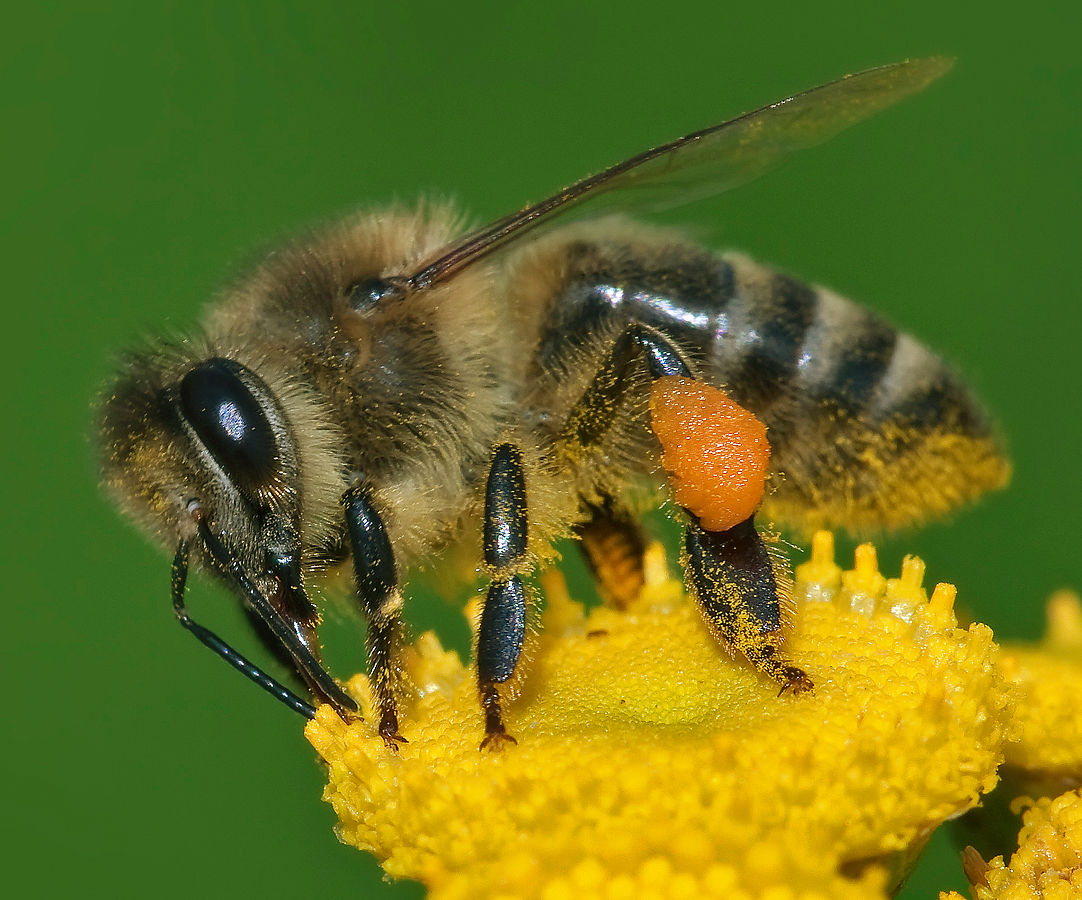First global map of bee for conservation

Loss of bee threatens food security
Facts about bees
- There are over 16,000 known bee species in seven recognized families.
- Some species, such as honeybees, bumblebees and stingless bees, live in colonies, while others are solitary insects
- Although some groups, such as bumblebees, are well studied, the vast majority, more than 96% of bee species are poorly documented
- Many crops, especially in developing countries, rely on native bee species, not honey bees
Scientist have mapped the distribution of all 20, 000 bee species on earth

This is an important first step for that, and in the future, we can begin working more on threats to bees such as habitat destruction and climate change, and to better incorporate pollination services into ecosystem service analyses
The project, published in the journal Cell Biology, found that bee diversity is higher in the Northern Hemisphere than in the Southern, and that bees prefer temperate regions over the tropics.
These findings are contrary to most plant and animal distribution, where diversity tends to be highest in the tropics and diminishes toward the poles
The scientists say the new map provides an important baseline and clues to bees’ habits that can be used to help protect various bee species, as well as boost food security.
“Climate change poses a large threat to many species,” Michael Orr, a postdoctoral fellow at the Institute of Zoology at the Chinese Academy of Sciences and lead author of the new research, told CNN. “But that’s going to be irrelevant if we don’t protect the habitats species need that are being destroyed now.”

source:
